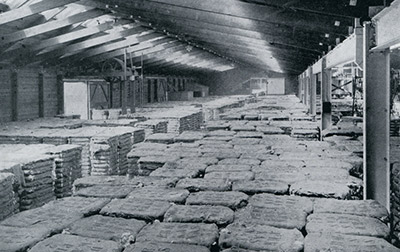
Our History
From small beginnings to an industrial revolution, our history dates back to 1757 and is one of the cotton industry’s most historic and complete archives
EU Legislation – Why it matters to the cotton community >
1830-1913
Major improvement to transport and communication systems brought crucial developments. The railways reduced the time and cost of travel and improved reliability in transporting cotton to the Lancashire towns.
The Liverpool Cotton Brokers’ Association was established in 1841 and it quickly established a successful system of arbitration. The Transatlantic Telegraph Cable reduced long distance communication from weeks to minutes.
Liverpool broker John Rew recognised the far-reaching implications of this development and created the hedge fund system. This led to the hugely successful Liverpool Cotton Futures Market, which doubled the business of the Liverpool Cotton Market. In 1911-12 Liverpool imported a staggering 5,230,399 bales of cotton.
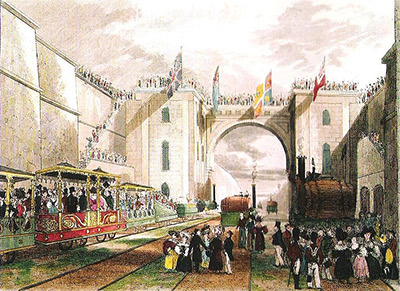
15 September 1830
The first railway journey from Liverpool to Manchester is made
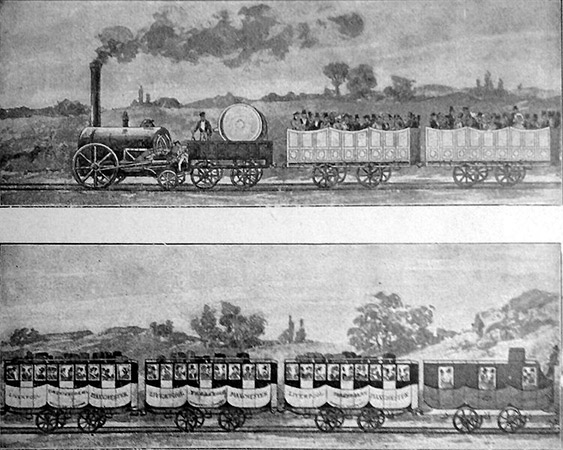
1831
The Bank of Liverpool is founded
4 July 1840
The "Britannia" sails from Liverpool to Boston
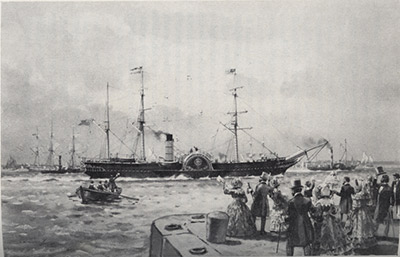
2 April 1841
The Liverpool Cotton Brokers' Association is founded
6 January 1854
The Great Snowball Fight at Exchange Flags breaks out
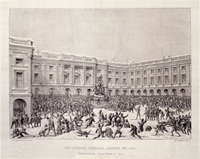
12 April 1861
The American Civil War breaks out
16 January 1863
A Committee is appointed to draw up a Constitution
15 April 1865
Abraham Lincoln is assassinated
28 July 1866
The Transatlantic Telegraph Cable becomes operational
c.1866-1867
John Rew invents the hedge fund system
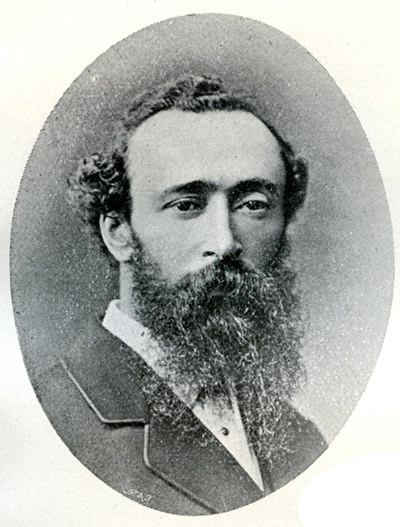
1874
The Liverpool Cotton Clearing House is established
14 April 1878
The Liverpool Cotton Bank is established
1881
Liverpool Cotton Merchants set up the Liverpool Cotton Exchange
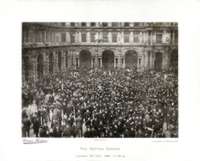
1882
The Liverpool Cotton Association is formed
1892
The Spot Cotton Market amounts to 1,589,500 bales of all growths in Liverpool
4 January 1896
The Liverpool Cotton Market moves indoors for the first time in its history
30 November 1906
The Liverpool Cotton Exchange Building is officially opened by the Prince and Princess of Wales
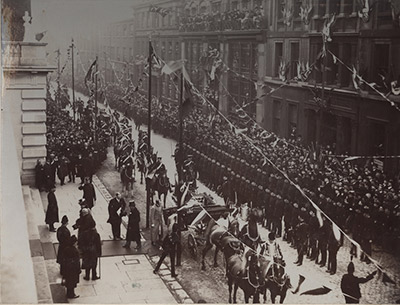
1911-1912
Liverpool imports a record figure of 5,230,399 bales of cotton of all growths
